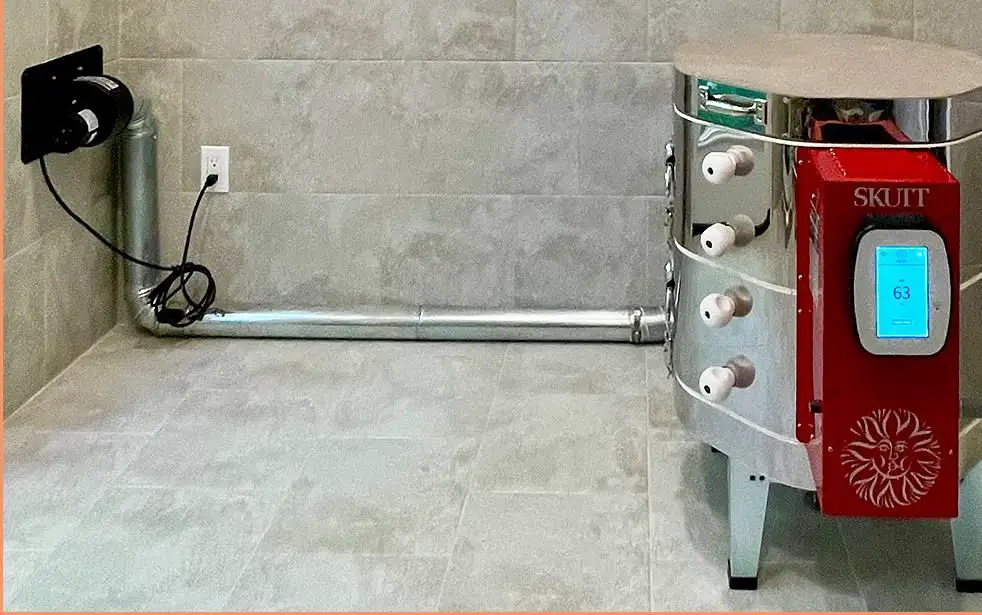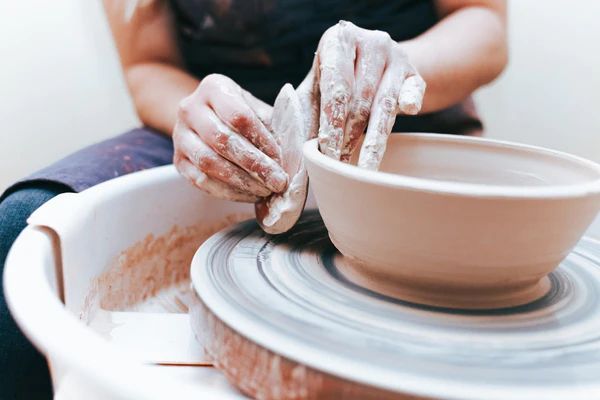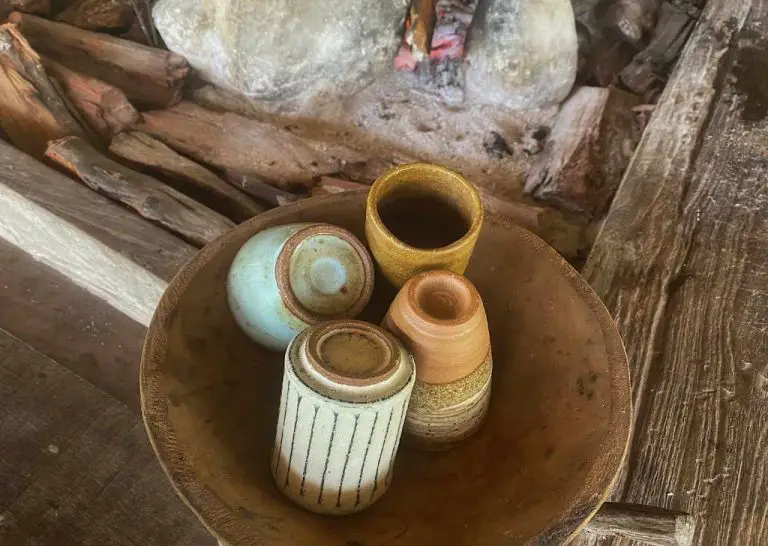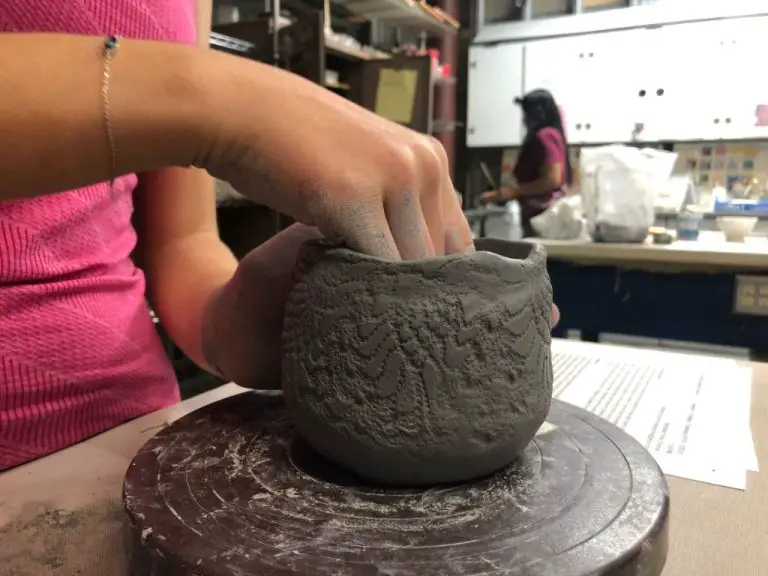What Kiln Should I Buy As A Beginner?
This article provides an overview of the key factors to consider when choosing your first pottery kiln as a beginner. We will cover the different types of kilns, important features like size and temperature range, ease of use for beginners, safety considerations, top brands, and approximate costs.
The goal is to give you a comprehensive guide to purchasing your first kiln, so you select one well-suited for your needs as a beginner potter. Whether you plan to fire small pieces or large batches, want basic functions or more advanced controls, or have budget constraints, you’ll find recommendations to help narrow your options.
With so many kiln choices available, it can be daunting for beginners to know where to start. This guide breaks down the key decision points, so you can invest in a quality first kiln that allows you to progress in firing and expanding your pottery skills over time.
Determine Your Needs
When deciding which kiln to purchase as a beginner potter, there are several key factors to consider:
First, the type of pottery you want to create will determine the type of clay and firing temperature needed. The main types of pottery clay are earthenware, stoneware and porcelain (Pottery for Beginners: The 4 Main Types of Clay). Earthenware fires at lower temperatures, while stoneware and porcelain require higher heat.
The size of the kiln will depend on the scope of your pottery projects. Consider how many pieces you plan to fire at one time and choose a kiln size accordingly. Small tabletop kilns are good for hobbyists, while larger kilns allow firing more pottery.
You’ll also need to decide on the temperature range. Most kilns designed for beginners can reach around 1300°F to 2300°F, which is suitable for firing earthenware and some stoneware. Higher temperatures are needed for porcelain.
When it comes to power source, electric kilns are easier to install and use compared to gas kilns. However, gas kilns allow more control over the firing atmosphere. Consider your setup and skills when choosing between electric and gas.
Finally, set a realistic budget. Kiln prices vary widely, with small hobby kilns starting under $1000 and large production kilns costing over $10,000. Determine how much you can spend when selecting beginner models.
Kiln Types
The two main types of kilns for beginners are electric and gas kilns. Electric kilns are the most common choice for home potters. They plug into a standard household outlet and are very easy to use. Electric kilns provide a clean, consistent heat that is excellent for oxidation firing. Top brands like Skutt and Paragon make reliable electric kilns in a range of sizes and price points. Electric kilns allow precise digital control over the firing process. However, they may be limited in achieving the high temperatures needed for certain advanced firing techniques like reduction.
Gas kilns rely on propane or natural gas as the fuel source. They can reach higher temperatures than electric models, making them a good choice for reduction firing, raku, and soda firing. Gas kilns provide atmospheric effects that can be harder to achieve in electric kilns. However, they require ventilation and may be more difficult for a beginner to control the firing process. Top brands like Evenheat and Olympic make quality gas kilns. Consider your desired firing methods when choosing between electric and gas kilns (see this source for a detailed comparison).
Kiln Size
When selecting a kiln size, first consider the types of projects you want to fire and how much space you have available. The most common kiln sizes for home pottery are:
Small – Small hobby kilns range from 4-5 cubic feet. A kiln like the Skutt KM-8 is a good starter size and can fire items 10″ tall and 12″ wide.
Medium – For more versatility, a medium 5-10 cubic foot kiln is a good choice. The Skutt KMT-1027 is a popular mid-sized model at 7.4 cubic feet and can fire pieces up to 18″ tall.
Large – Commercial studios often use large 10+ cubic feet kilns. However, a 29″ x 27″ is the largest kiln recommended for home use at around 9 cubic feet.
Consider the types of pieces you want to fire and look for dimensions that can accommodate your needs. Be sure to measure your space as well to ensure the kiln will fit.
Temperature Range
When selecting a kiln, it’s important to consider the temperature range you’ll need for firing your clay and glazes. Kilns are typically categorized as low fire, mid range, or high fire. Low fire kilns reach up to around cone 06 which is about 2,200°F (1,200°C). They are suitable for firing earthenware clays and low fire glazes. Mid range kilns go up to around cone 6 which is about 2,300°F (1,260°C). They can fire stoneware and some mid range glazes. High fire kilns reach temperatures of cone 8 to 10 which is about 2,300°F (1,315°C) to 2,400°F (1,315°C). They are needed for firing porcelain clays and high fire glazes.
As a beginner, a small to medium sized kiln with a temperature range of cone 06 to cone 6 would allow you to explore low and mid range firing. This gives flexibility to work with various clay bodies and glazes as you develop your skills. Once you gain more experience and want to work with porcelain or higher temperature glazes, you can upgrade to a larger high fire kiln.
Ease of Use
When choosing a kiln as a beginner, ease of use is an important consideration. Look for kilns with user-friendly features like:
Programmable vs. Manual Controls: Most beginner kilns today have digital controllers that allow you to easily program heating and cooling cycles. This is much simpler than adjusting manual dials and switches. Consider a programmable controller.
Top vs. Front Loading: Top loading kilns allow for easier loading and unloading, avoiding the need to bend over. However, top loaders may be more limited on kiln size. Front loaders allow for larger internal dimensions but require more physical effort. Evaluate your space and needs.
Maintenance: Some beginner kilns like the Evenheat Kiln have sections that can be easily replaced if damaged, reducing maintenance costs. Look for kilns with easily replaceable parts.

Additionally, be sure to find a kiln sized appropriately for the amount of ware you’ll be firing. Oversized kilns are more difficult to load evenly. Start with the right sized kiln for your needs and abilities as a beginner.
Safety Features
When selecting a kiln, it’s important to consider key safety features. Proper ventilation is crucial – look for kilns with vent systems or that can be vented outside. Ensure the kiln has a lid lift assist or counterbalanced lid to prevent injuries from lifting heavy lids. Interlocks that automatically shut off power when the lid is opened are also recommended for safety.
According to Skutt, kilns should have the following safety features: lid props to hold the lid open while loading, lid switches that cut power when opened, and elements that are embedded into the brick insulation for protection. The Kiln Safety Tips guide from Soul Ceramics also advises choosing a kiln with good peekholes and a lid that seals properly.
The ITC Coatings blog notes the importance of checking that all sensors and switches are in working order before each firing. They also recommend locating the kiln at least 12 inches away from walls and objects. Following proper safety precautions is key when operating a kiln.
Cost
As a beginner, aim to get the most kiln you can afford while staying in a beginner-friendly budget range. Small tabletop kilns can start at around $700, while large commercial kilns can cost over $15,000 (source: https://thepotterywheel.com/how-much-does-a-kiln-cost/). A good beginner electric kiln that can fire most items is generally between $1,500 – $3,000 (source: https://kilnfrog.com/blogs/frogblog/how-much-are-kilns). This gives enough capacity for most beginner projects without breaking the bank.
Consider looking for a used kiln if you are on a tight budget. Reputable brands like Skutt and Olympic hold value well. Just inspect carefully for any damage before purchasing. Some local ceramic studios or schools may sell used equipment occasionally too.
Buying new gives the assurance of proper installation and a warranty. Many top brands like Skutt offer 0% financing plans to make purchases more affordable. Consider your long term plans and invest in the largest kiln you can comfortably afford and have space for.
Top Brands for Beginners
When buying your first kiln, it’s important to choose a reputable brand known for quality and reliability. According to experts, some of the top brands for beginner potters and ceramic artists include:
Skutt (https://www.skutt.com): Skutt is one of the leading kiln manufacturers, known for their high-quality electric kilns made in the USA. Their entry-level kilns like the Skutt KM series are easy to use and provide even heating for beginners.
Evenheat (https://www.evenheat-kiln.com): This company offers a range of small to mid-sized electric kilns perfect for home pottery studios. Their kilns are designed for energy efficiency and uniform heating. The Evenheat KF series is a popular choice for beginners.
Jen-Ken (http://www.jenkenkilns.com): Jen-Ken makes high-quality ceramic kilns including the small AF3C 11/9 model that’s ideal for hobbyists. Their kilns feature intuitive controls and solid frames that withstand heavy use.
L&L Kiln (https://hotkilns.com): L&L offers both manual and automatic electric kilns at affordable prices. Their entry-level EconoKilns are easy to use and provide reliable performance for home pottery.
ConeArt (https://coneart.com): This company specializes in smaller electric kilns that are economical and low-maintenance. Their Home Artist Series kilns are designed for beginners working with ceramics at home.
Conclusion
Summary: When choosing a beginner’s kiln, it’s important to consider your needs in terms of size, temperature range, ease of use, safety features, and cost. Look for a small to medium sized tabletop kiln that reaches cone 6 temperatures, has basic digital controls, and meets safety standards. Top brands like Skutt and Paragon offer quality entry-level options under $1000. Determine your budget, space constraints, and interests first to select the right kiln for your needs as a beginner.
Recommendations: For most beginners, a small to medium tabletop kiln that reaches mid-range temperatures is a good place to start. Models with digital controls provide ease of use. Choose an entry-level kiln from a top brand known for quality and safety. Make sure the kiln is properly ventilated and meets electrical safety standards. Consider used kilns in good condition to save money as a beginner. Invest in high quality kiln shelves, posts, and other accessories tailored to your kiln. Focus on learning firing techniques before upgrading to a large production kiln down the road.





